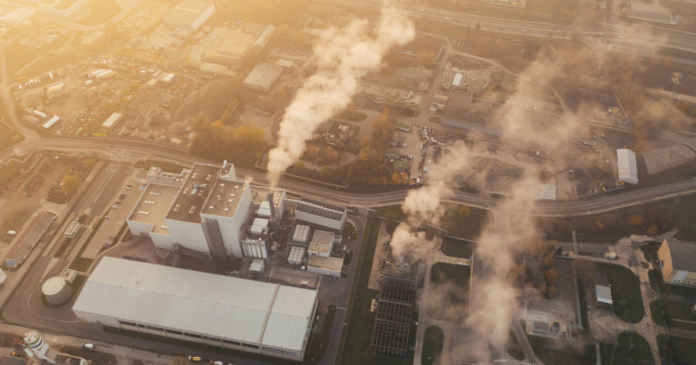Don’t bet on countries hitting their target of being net zero by 2050.
According to a study by the Fraser Institute, the global goal of achieving net zero carbon emissions by 2050 is not only impractical, but data shows the world is headed in the opposite direction.
Despite international agreements such as the Kyoto Protocol, global fossil fuel consumption has surged by 55% since the deal was signed in 1997, according to the report.
The Kyoto Protocol committed “industrialized countries and economies in transition to limit and reduce greenhouse gas emissions per agreed individual targets,” as the United Nations describes it.
The world’s share of fossil fuel consumption “has only decreased” by 4%, from nearly 86% in 1997 to 82% in 2022.
To reach net zero by 2050, “affluent” countries must spend 20% of their annual GDP.
“Although the eventual cost of global decarbonization cannot be reliably quantified, achieving zero carbon by 2050 would require spending substantially higher than for any previous long-term peacetime commitments,” the Fraser Institute report said.
Well-to-do nations such as Canada would also be expected to finance new energy infrastructure in “low-income” countries that can’t afford to reduce their own carbon emissions.
“Policymakers must face reality—while ending our reliance on fossil fuels may be a desirable long-term goal, it cannot be accomplished quickly or inexpensively,” said Elmira Aliakbari, the director of natural resource studies at the Fraser Institute.
The study said that before any technical or economic analysis is necessary, it’s clear that the task will be impossible to fulfill given all available technology.
According to the author, the goal is impractical as it must be achieved in a single generation. Also, no zero-carbon large-scale commercial manufacturing plants have even been deployed.
Many necessities that developed nations rely on, such as cement, iron, plastics, and ammonia, still depend on fossil fuels.
“Replacing them with alternatives will require the development of new mass-scale industries and distribution networks,” it said.
The energy transition would require large numbers of new wind turbines, panels, energy and transmission lines. At the same time, other parts of the economy, such as navy road transport, shipping, aviation, and the chemical industry, lack readily available electric alternatives.
Since the end of 2022, Only 2% of passenger vehicles, more than 40 million, have been converted to electric.
“Widespread adoption of electric vehicles—also a key component of Ottawa’s net-zero plan—by 2040 will require more than 40 times more lithium and up to 25 times more cobalt, nickel and graphite worldwide, compared to 2020 levels,” the report said.
The resources required to transition an entire economy would require an “unprecedented” amount of copper and lithium, requiring “substantial time and resources” to locate and develop mines.
Lastly the report noted that achieving net-zero carbon emissions is a global issue requiring cooperation from nations worldwide.
The report noted that this could be a challenge as many of the big carbon-emitting countries such as Russia, China, and the U.S. have competing interests and varying degrees of commitment to international climate change goals.













